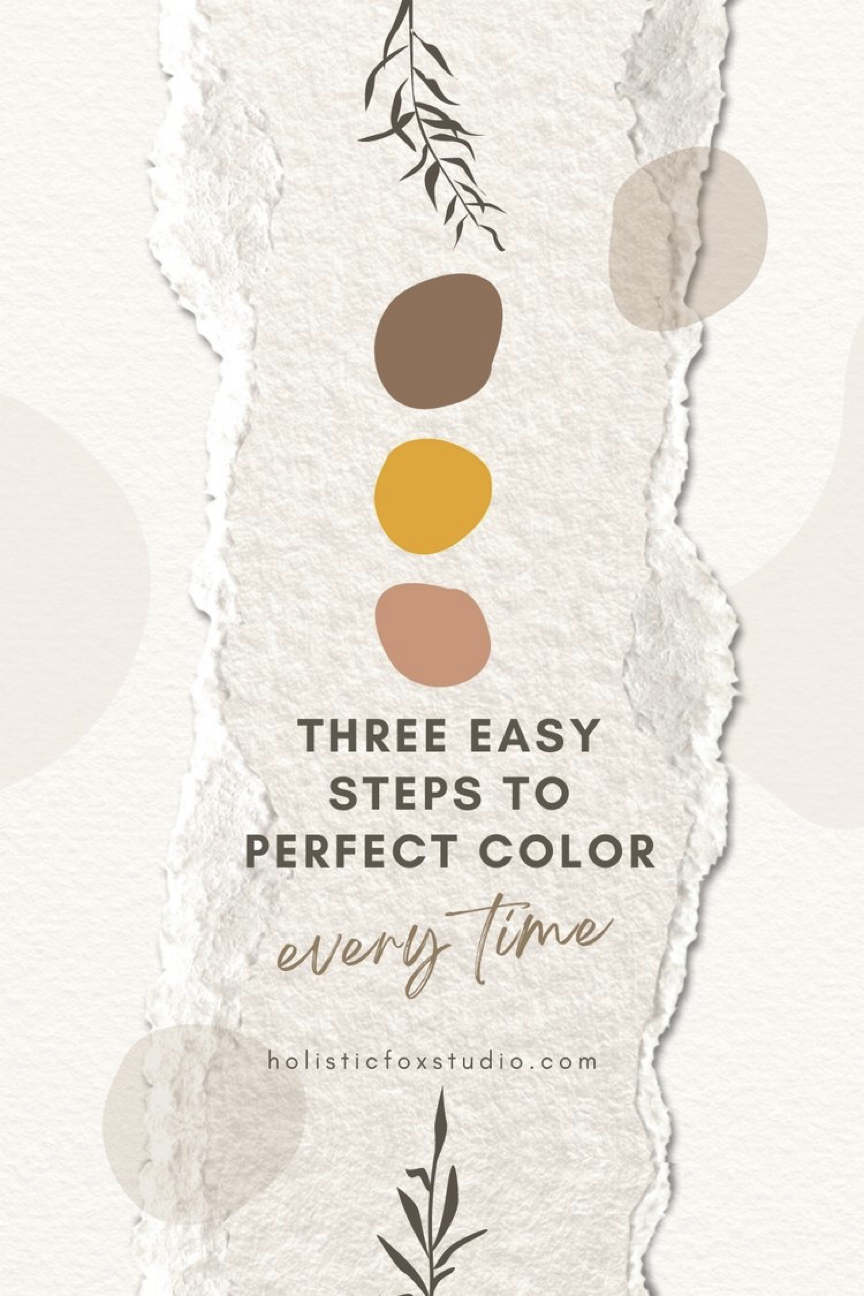Colors: The Silent Language of Experience
Imagine life as a masterpiece where colors are not just visual elements, but a profound language of emotion, communication, and expression. Beyond fashion, colors are the whispers of our inner world, the subtle conductors of our perceptions, and the brushstrokes that paint our daily experiences.
The Chromatic Code: More Than Meets the Eye
Colors are more than aesthetic choices—they are a universal communication system that transcends words, cultures, and boundaries. From the clothes we wear to the spaces we inhabit, colors tell stories without uttering a single sound.
The Color Wheel of Life: Understanding Chromatic Harmony
Primary Colors: The Fundamental Notes
- Red: Passion, energy, urgency.
- Blue: Calm, depth, introspection.
- Yellow: Joy, optimism, intellect.
These primaries are the foundational notes in life's chromatic symphony. Like musical notes, they can be combined to create infinite emotional landscapes.
Secondary Colors: Emotional Alchemy
When primary colors blend, they create:
- Purple: Royalty, mystery, spirituality.
- Green: Growth, balance, renewal.
- Orange: Creativity, enthusiasm, warmth.
Color Psychology: Beyond Aesthetics
Emotional Resonance of Color
- Workplace: Blue increases productivity.
- Restaurants: Red stimulates appetite.
- Hospitals: Green promotes healing.
- Bedrooms: Soft blues and lavenders encourage relaxation.
Practical Color Mastery: A Three-Step Universal Guide
The Chromatic Compass
- Identify Your Base ::
- Recognize the dominant color or mood.
- Understand the emotional undertone.
- Squint to see the fundamental essence.
- Find the Complementary Perspective ::
- Locate the color directly opposite on the wheel.
- Understand the potential for contrast and balance.
- Explore the tension and harmony.
- Explore Triad Colors ::
- Discover colors adjacent to the complement.
- Create nuanced, sophisticated combinations.
- Play with subtle variations and transitions.
Color in Different Realms
Beyond Fashion: Universal Applications
- Home Design ::
- Create mood-specific spaces.
- Use color to expand or contract perceived space.
- Reflect personal energy through interior palettes.
- Art and Creativity ::
- Use colors as emotional language.
- Understand color theory in painting, design, photography.
- Communicate complex feelings through chromatic choices.
- Personal Branding ::
- Choose colors that reflect your professional persona.
- Understand color's psychological impact in marketing.
- Create visual identities that resonate.
- Wellness and Healing ::
- Color therapy techniques.
- Understanding color's impact on mental health.
- Using colors for meditation and emotional balance.
The Intuitive Color Approach
Breaking the Rules with Intention
- Not every combination needs to be "perfect."
- Embrace unexpected color dialogues.
- Trust your emotional response.
"Color is a power which directly influences the soul." - Wassily Kandinsky
Color Challenges: Expand Your Chromatic Consciousness
30-Day Color Awareness Journey
- Week 1: Intentional Color Dressing.
- Week 2: Home Color Transformation.
- Week 3: Creative Color Exploration.
- Week 4: Emotional Color Journaling.
3 Foolproof Steps to Perfect Color Choosing
The Intuitive Color Selection Method
Step 1: The Emotional Anchor
- Identify Your Mood: What feeling are you trying to create?
- Calm and serene? → Blues, soft greens.
- Energetic and bold? → Reds, bright oranges.
- Professional and sophisticated? → Greys, deep blues.
- Warm and welcoming? → Soft yellows, warm neutrals
Pro Tip: Close your eyes and visualize the emotion before selecting colors.
Step 2: The Harmony Principle
Use the Color Wheel as Your Guide
- Complementary Colors (Opposite Side)
- Maximum contrast
- High visual impact
- Use sparingly for dramatic effect
- Analogous Colors (Next to Each Other)
- Soft, harmonious blend
- Creates a sense of unity
- Perfect for subtle, sophisticated looks
- Triad Colors (Evenly Spaced)
- Balanced and dynamic
- More complex color relationships
- Ideal for creative expressions
Quick Hack: Take a photo of your space or outfit, then use a digital color picker to identify exact shades.
Step 3: The 60-30-10 Rule
A universal design principle that works everywhere:
- 60%: Dominant Color
- Background color
- Largest visual area
- Sets the overall mood
- 30%: Secondary Color
- Supports the dominant color
- Adds depth and interest
- Creates visual balance
- 10%: Accent Color
- Adds personality
- Creates focal points
- Introduces excitement and energy
Practical Examples:
- Room Design: Wall color (60%), Furniture (30%), Decorative Pillows (10%)
- Outfit: Base Clothing (60%), Layering Pieces (30%), Accessories (10%)
- Graphic Design: Background (60%), Supporting Graphics (30%), Highlights (10%)
Bonus: Color Confidence Tricks
- Natural Inspiration: Look to nature for foolproof color combinations.
- Cultural Wisdom: Study traditional color palettes from different cultures.
- Personal Authenticity: Always trust your intuitive response.
"Color is a power which directly influences the soul." - Wassily Kandinsky
Embrace color not as a rule, but as a conversation with your inner self.
The Philosophy of Chromatic Living
Colors are not just visual experiences—they are:
- Emotional languages.
- Psychological tools.
- Creative expressions.
- Personal narratives.
Your Color Manifesto
- Be bold.
- Be experimental.
- Be authentically you.
- Let colors speak your truth.
Every day is a blank canvas. Paint it courageously.


